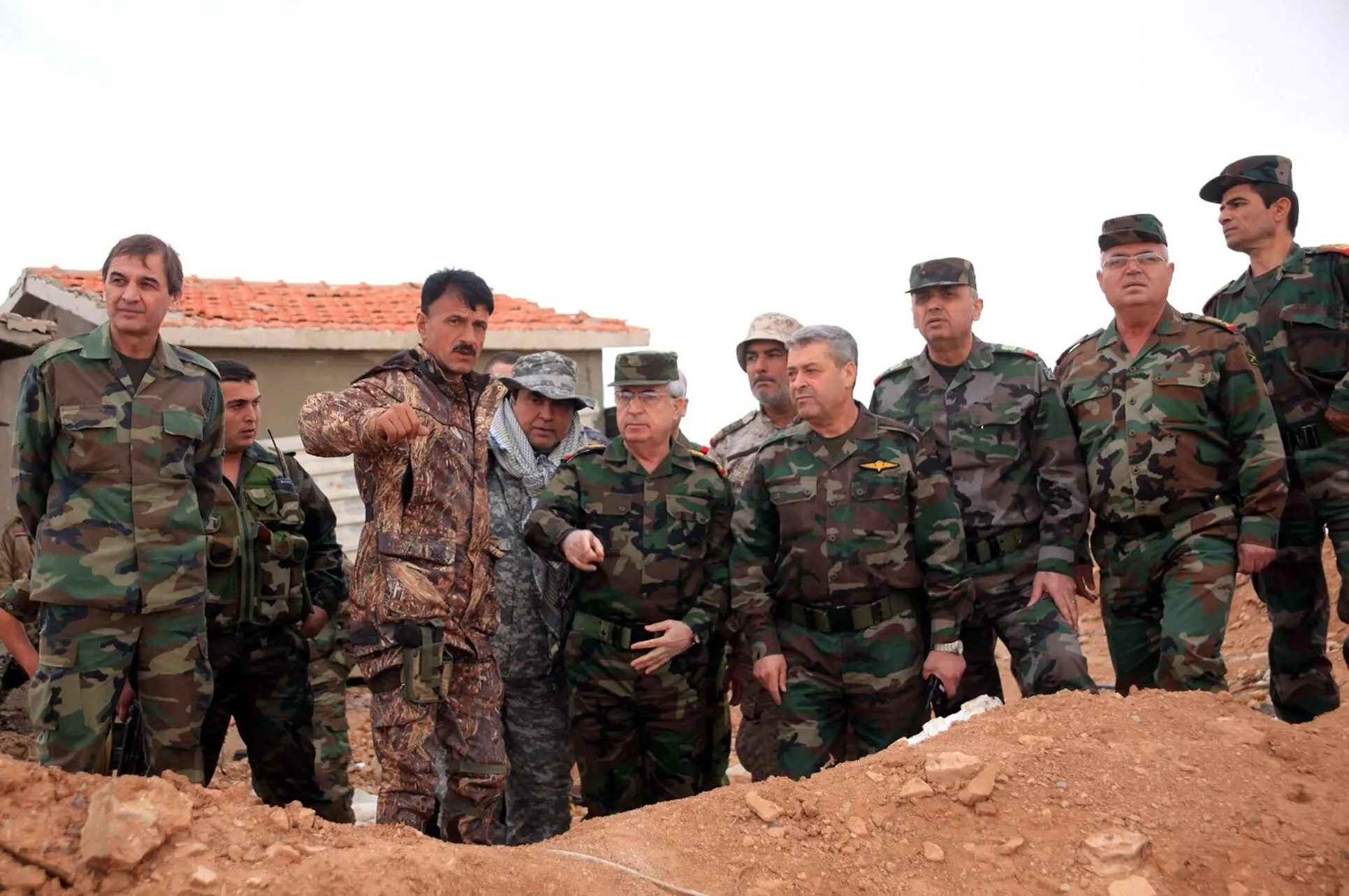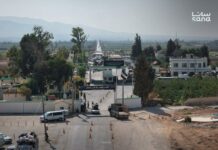
Nearly a year after the fall of Bashar al-Assad’s regime, a sweeping New York Times (NYT) investigation reveals how dozens of Syria’s most powerful military and intelligence officials evaded capture and found refuge abroad, using private jets, Russian assistance, and falsified identities to disappear from sight.
The report, published October 16, details how senior figures accused of war crimes—including former defense ministers Ali Ayoub and Ali Abbas, Air Force Intelligence chief Qahtan Khalil, and Chief of Staff Abdul Karim Ibrahim—escaped the country in the final hours of Assad’s rule in December 2024. According to the Times, a small Yak-40 aircraft departed Damascus International Airport shortly after midnight on December 8, landing at Russia’s Hmeimim air base in Latakia before continuing to Moscow.
“Many of these men knew they would never return,” journalist Erika Solomon, who led the NYT investigation, said in an interview. “They were the architects of a system of repression now collapsing around them.”
A Web of Smugglers, Diplomats, and Russian Protection
The investigation found that as opposition forces advanced on Damascus, high-ranking officials turned to a network of Russian diplomats and loyal officers to secure their escape. Some took refuge in the Russian embassy before being flown to Moscow under diplomatic cover, while others fled by sea from the Syrian coast.
Satellite imagery reviewed by the Times confirmed that several flights from Damascus to Hmeimim coincided with the disappearance of senior regime figures. Among them were Qahtan Khalil—accused by the US Treasury Department of orchestrating the 2012 Daraya massacre—and Maher al-Assad, the former president’s brother and commander of the Fourth Division, who is now reportedly living in luxury in Moscow.
Other fugitives include Hussam Louka, head of General Intelligence, who allegedly looted $1.3 million from agency coffers before vanishing, and Ali Mamlouk, the former national security chief described by colleagues as “the regime’s black box.” Both are believed to be under Russian protection, according to Syrian and Western security sources cited by the Times.
Lavish Exile and Lingering Impunity
The NYT investigation tracked 55 regime officials using sanctions lists, satellite data, leaked documents, and interviews with families and former subordinates. Twelve of those individuals have been positively located, mostly in Russia, Lebanon, and the UAE. Many now live openly under new names or nationalities, their wealth shielding them from prosecution.
“These people have the financial means to move freely, buy new passports, and disappear,” said Mazen Darwish, head of the Syrian Center for Media and Freedom of Expression, in remarks to the paper.
Among the fugitives is Bassam al-Hassan, a former presidential adviser accused of coordinating chemical weapons attacks and implicated in the 2012 kidnapping of American journalist Austin Tice. The Times reported that Hassan escaped via Lebanon and now resides in Beirut, where he has been seen in public despite US investigations linking him to war crimes.
Pursuing Justice After Assad’s Fall
While prosecutors in Europe and the US continue efforts to build cases against members of the former regime, the investigation indicates the vast challenges of accountability in post-Assad Syria.
Civil society groups such as the Syrian Center for Media and Freedom of Expression and the Chemical Violations Documentation Center continue to compile evidence. Yet, as journalist Hayley Willis, who co-authored the Times report, noted, “The reality is that many of those most responsible for Syria’s atrocities are still living comfortably abroad.”
For thousands of victims still seeking justice, the fates of these fugitives serve as a reminder that Syria’s reckoning remains far from complete.








